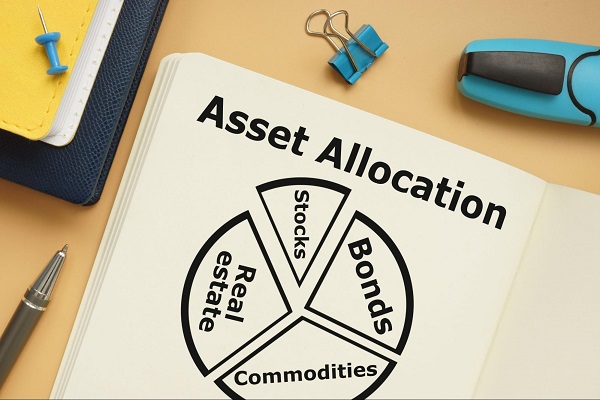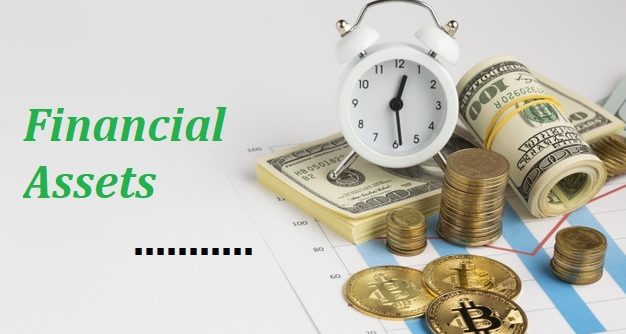
There is a core question here: if global asset allocation (diversified assets + stock selection + wind control) can bring such a good effect, why do investors not believe it or can't insist on it?
Can't stand tracking errors
We say that global asset allocation (diversified assets + stock selection + risk control) is compelling, which is not absolute. First, investors should clarify the purpose of asset allocation: controlling withdrawal, dispersing risks, and obtaining returns matching lower risks; Different asset allocation practices have different effects on risk reduction. For example, as we tested above, if we simply do asset allocation without wind control, although it can reduce some of the maximum withdrawal, such as from 50% to 35%, it is effective, but 35% of the withdrawal investors will still not be able to hold on.
A considerable number of investors, when they have not yet figured out the concept of asset allocation, blindly listen to the sales slogans of "asset allocation is the king" and "low risk of asset allocation" in the mouth of some investment consultants, and invest at will, resulting in excessive investment expectations.
In reality, asset allocation can never outperform the market all the time, and active asset allocation strategies (stock selection, wind control) will produce numerous tracking errors. That is to say. The demand may have risen by 10% this year, while my asset allocation strategy has lost 5%. But if you want to win the market, you have to be different from the market, which is a risk you have to take.
Take the Svenson portfolio. Svenson's portfolio is made by masters and performed well before stock selection and wind control. With the addition of stock selection and wind control, the performance of the model has been further improved, but the tracking error of S & P has also increased.

The stock selection brings additional benefits, and wind control reduces the maximum withdrawal, but at the cost of a greater probability that the model deviates from the S & P 500. If you regularly and irrationally compare the Svenson portfolio to a single asset like the S & P 500, you probably won't stick to this strategy.
Taking five years as a rolling cycle, the relative performance of Svenson's three portfolios with the S & P 500 in history is calculated, and a superimposed area map is drawn. The positive area represents that the average annualized return of the Svenson portfolio in the past five years is higher than that of S & P. That is to say. The portfolio has outperformed it. Negative ones are the opposite. The larger the area, the more significant the difference.
Therefore, as a rational investor, if you can't make money, you will be happy, and if you lose money, you will run away. You know, today can not run the market, the future may run the market, do not experience wind and rain, how to see a rainbow? Except for the Ponzi scheme, there are few strategies that can outperform the market all the time.





